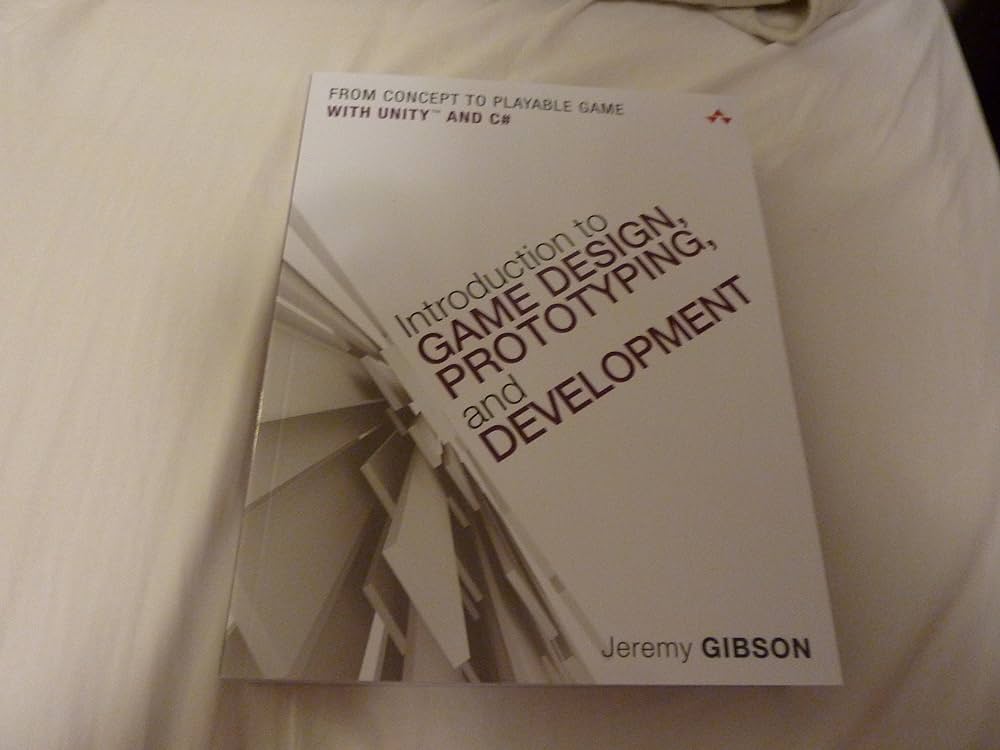Game design is a complex process that involves creativity, technical skills, and player psychology. Starting with concept development and a design document, developers move on to create a playable prototype, focusing on art and sound design. Testing and iteration help refine the game, leading to polishing and finalization before release. Post-launch support with updates and downloadable content is important for keeping players engaged. By following the fundamentals of game design, developers can create successful and engaging games that captivate players worldwide.
From Concept to Playable Prototype: The Fundamentals of Game Design
Introduction
Game design is a complex process that involves creativity, technical skills, and a deep understanding of player psychology. From the initial concept to the playable prototype, every step in the game design process is crucial in creating a successful and engaging game. In this article, we will explore the fundamentals of game design and how games are made from start to finish.
Concept Development
The first step in creating a game is developing a concept. This involves coming up with the basic idea for the game, including the setting, characters, and gameplay mechanics. The concept is often inspired by other games, movies, books, or personal experiences.
Design Document
Once the concept is fleshed out, it is important to create a design document. This document outlines all the details of the game, including the story, characters, gameplay mechanics, level design, and more. The design document serves as a roadmap for the development team and helps keep everyone on the same page throughout the production process.
Prototyping
After the design document is created, the next step is to create a playable prototype. This is a basic version of the game that allows developers to test out the core gameplay mechanics and identify any potential issues early on. Prototyping is an iterative process, with developers constantly refining and improving the gameplay based on feedback from playtesters.
Art and Sound Design
Once the core gameplay mechanics are in place, the next step is to focus on art and sound design. This includes creating character models, environments, animations, and sound effects that bring the game world to life. Art and sound design are crucial in creating an immersive and visually appealing gaming experience.
Testing and Iteration
Testing is a critical part of the game development process. Developers need to test the game thoroughly to identify bugs, glitches, and gameplay issues. Playtesting with a diverse group of players helps developers get valuable feedback and make necessary adjustments to improve the game.
Polishing and Finalizing
Once the game is tested and all the issues are resolved, it is time to polish and finalize the game. This involves adding finishing touches, optimizing performance, and preparing the game for release. Developers also need to create marketing materials and promotional assets to generate buzz for the game.
Release and Post-Launch Support
Finally, the game is ready for release. Developers need to launch the game on various platforms, including consoles, PC, and mobile devices. Post-launch support is also crucial, with developers releasing updates, patches, and downloadable content to keep the game fresh and engaging for players.
Conclusion
Game design is a complex and multifaceted process that requires creativity, technical skills, and a deep understanding of player psychology. From the initial concept to the playable prototype, every step in the game design process is crucial in creating a successful and engaging game. By following the fundamentals of game design outlined in this article, developers can create games that captivate and inspire players around the world.
